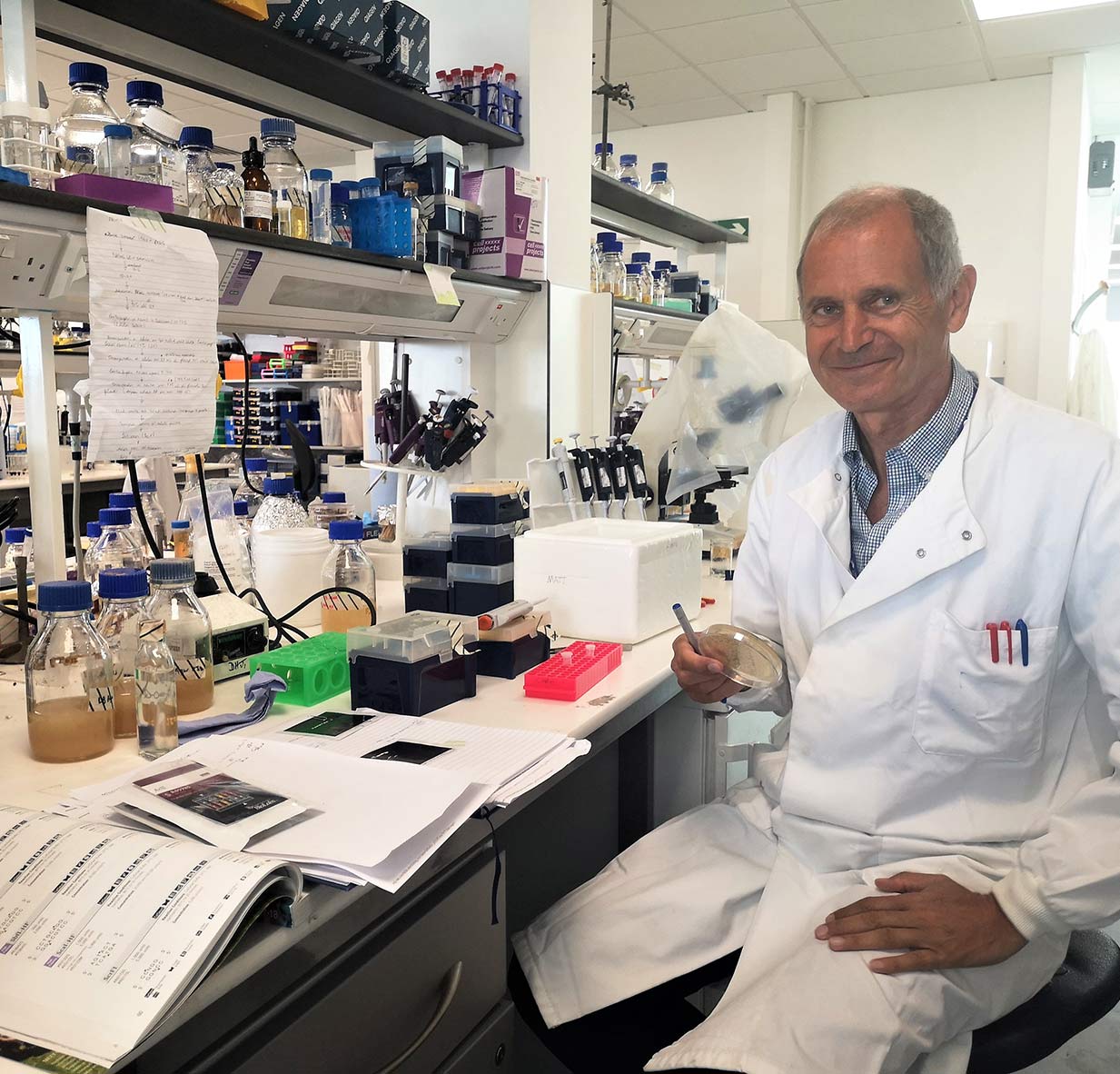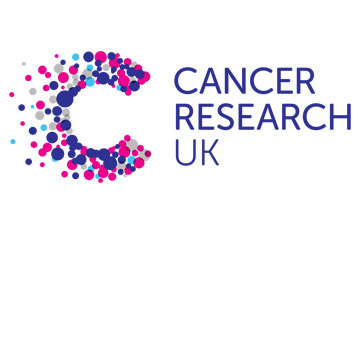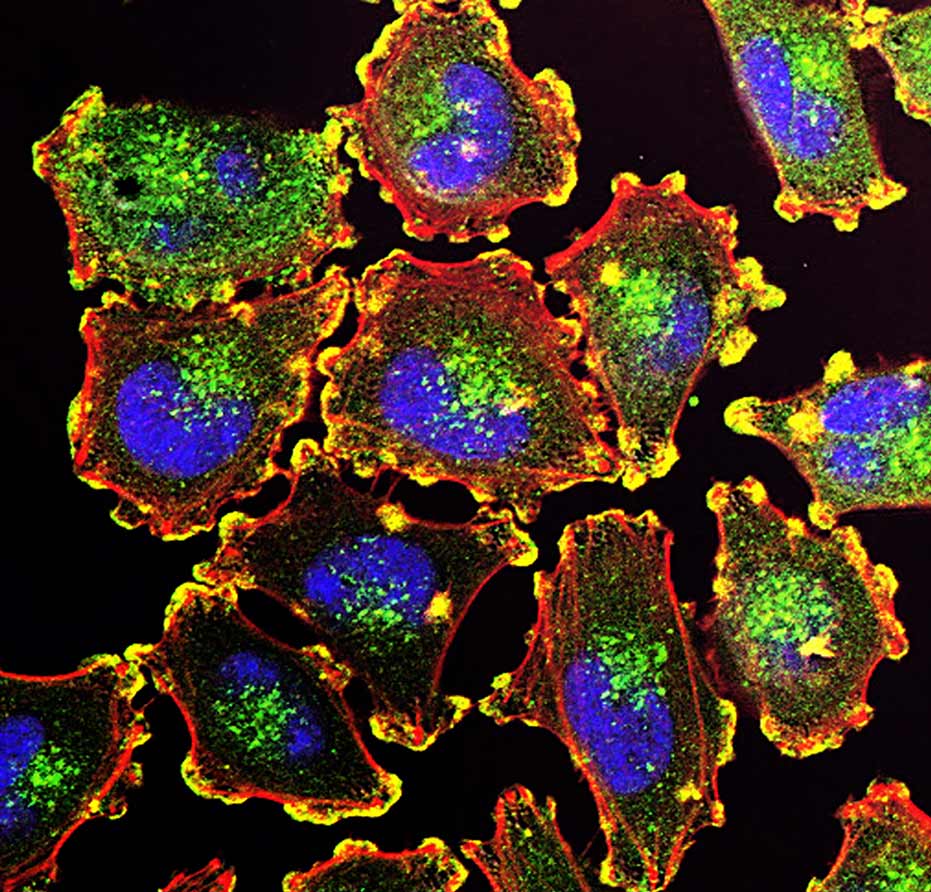The Challenge
Common cancer treatments such as chemotherapy and radiotherapy are can be very unpleasant as they affect both the tumour and also healthy tissue, causing nasty side-effects to the patient. Newer immunotherapies, although expensive, target molecules presented on the outside of a tumour cell and can offer more precision. But they often fail when the tumour evolves and the cells change so that the surface molecule is no longer presented. A treatment that exploits specific unchanging properties of tumour cells and which can get inside them could be an answer.









